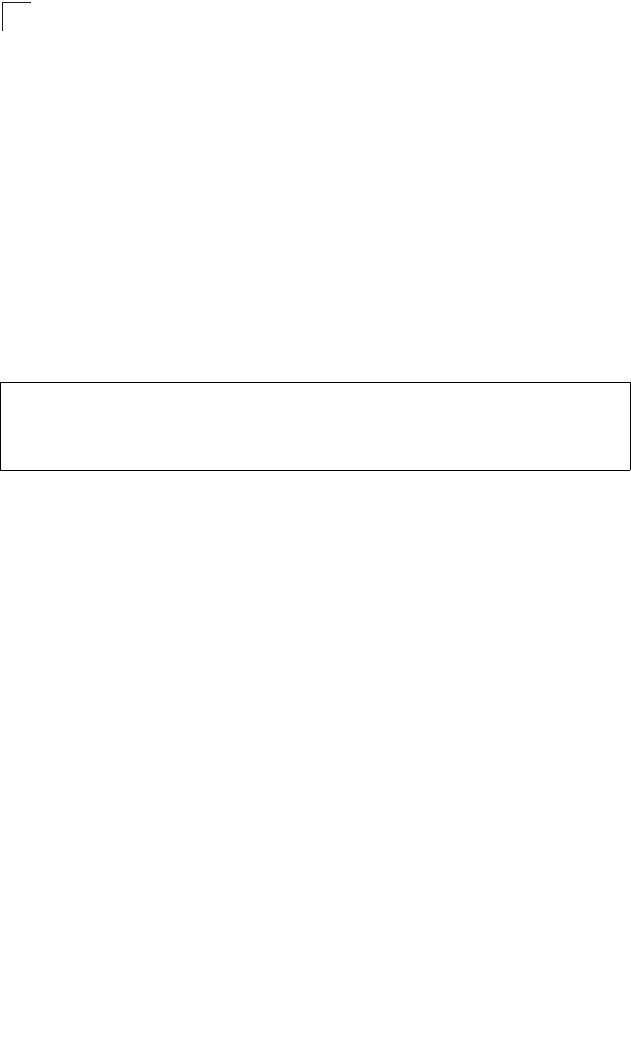
Command Line Interface
4-224
4
Command Usage
• You can configure up to 63 policers (i.e., class maps) for Fast Ethernet and
Gigabit Ethernet ingress ports, and up to 225 policers for 10G Ethernet
ingress ports.
• Policing is based on a token bucket, where bucket depth (i.e., the maximum
burst before the bucket overflows) is by specified the burst-byte field, and the
average rate tokens are removed from the bucket is by specified by the
rate-bps option.
Example
This example creates a policy called “rd_policy,” uses the class command to specify
the previously defined “rd_class,” uses the set command to classify the service that
incoming packets will receive, and then uses the police command to limit the
average bandwidth to 100,000 Kbps, the burst rate to 1522 bytes, and configure the
response to drop any violating packets.
service-policy
This command applies a policy map defined by the policy-map command to the
ingress queue of a particular interface. Use the no form to remove the policy map
from this interface.
Syntax
[
no
]
service-policy
input
policy-map-name
•
input
- Apply to the input traffic.
•
policy-map-name
- Name of the policy map for this interface.
(Range: 1-32 characters)
Default Setting
No policy map is attached to an interface.
Command Mode
Interface Configuration (Ethernet, Port Channel)
Command Usage
• You can only assign one policy map to an interface.
• You must first define a class map, set an ACL mask to match the criteria
defined in the class map, then define a policy map, and finally use the
service-policy command to bind the policy map to the required interface.
Console(config)#policy-map rd_policy
Console(config-pmap)#class rd_class
Console(config-pmap-c)#set ip dscp 3
Console(config-pmap-c)#police 100000 1522 exceed-action drop
Console(config-pmap-c)#


















